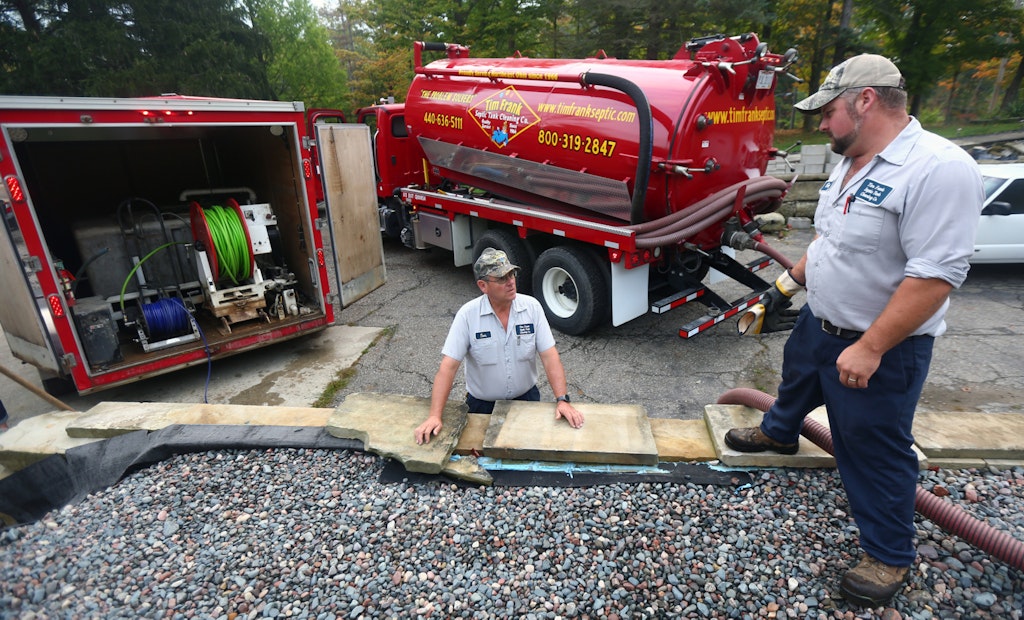
Tim Frank Septic Tank Cleaning services some 2,500 residential tanks per year, plus commercial waste facilities, handling about 3 million gallons of wastewater annually. The company processes that entire volume in a lagoon-based wastewater treatment system.
Treated effluent...





